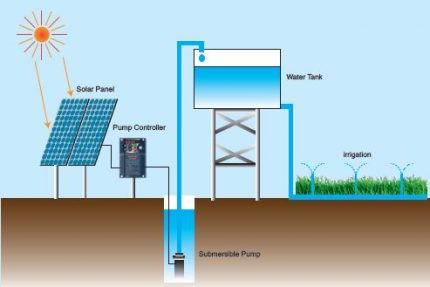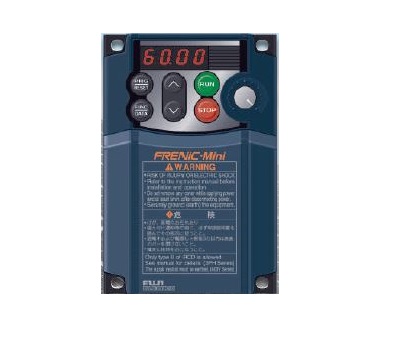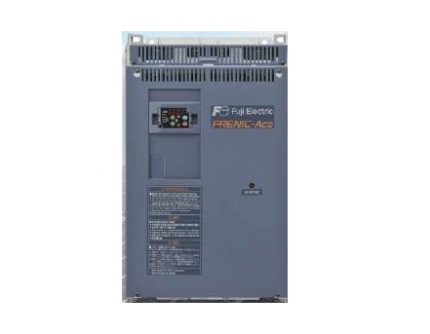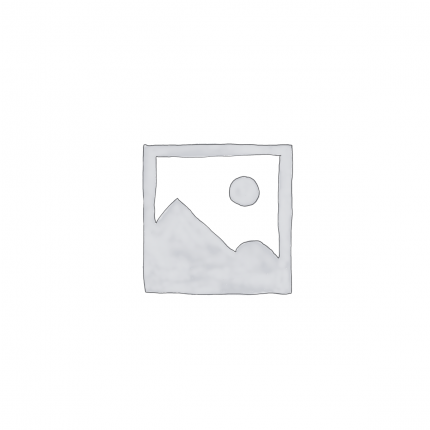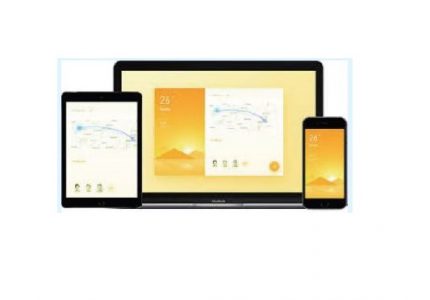Solar Pump Controllers
Solar pump controllers are essential components of solar pumping systems, designed to regulate and optimize the operation of solar-powered water pumps. These intelligent devices play a crucial role in maximizing energy efficiency, protecting the pump motor, and ensuring reliable water supply in various applications, including agriculture, irrigation, livestock watering, and community water supply projects. Let’s delve deeper into the functions, features, and benefits of solar pump controllers.
Functions of Solar Pump Controllers:
- Maximum Power Point Tracking (MPPT): Solar pump controllers incorporate MPPT technology, which continuously monitors and adjusts the operating point of the solar panels to maximize power output. This ensures efficient utilization of solar energy, even under varying sunlight conditions.
- Motor Control: Solar pump controllers regulate the speed and operation of the pump motor, ensuring optimal performance and energy efficiency. They control parameters such as flow rate, pressure, and on/off cycles to match the water demand and available solar energy.
- Dry Run Protection: Solar pump controllers feature built-in sensors and algorithms to detect dry run conditions, where the pump operates without sufficient water supply. They automatically shut off the pump to prevent damage to the motor and prolong its lifespan.
- Overvoltage and Overload Protection: Solar pump controllers safeguard the pump motor and electrical components from overvoltage and overload conditions, which can occur due to fluctuations in solar irradiance or electrical faults. They regulate the voltage and current to maintain safe operating levels.
- Remote Monitoring and Control: Some advanced solar pump controllers offer remote monitoring and control capabilities, allowing users to monitor system performance, adjust settings, and receive alerts or notifications remotely via mobile apps or web interfaces.
Features of Solar Pump Controllers:
- LCD Display: Solar pump controllers may feature an LCD display for real-time monitoring of system parameters, such as solar panel voltage, motor speed, and water flow rate. This provides users with valuable insights into system operation and performance.
- User-friendly Interface: Solar pump controllers are designed with intuitive user interfaces, making them easy to install, configure, and operate. They often feature simple push-button controls or touchscreens for convenient setup and adjustment.
- Weatherproof Enclosure: Solar pump controllers are housed in weatherproof enclosures to protect them from environmental factors such as dust, moisture, and temperature extremes. This ensures reliable operation in outdoor or harsh environments.
- Modular Design: Some solar pump controllers have a modular design, allowing for scalability and expansion as needed. Additional modules or accessories, such as remote monitoring units or communication interfaces, can be easily integrated into the system.
Benefits of Solar Pump Controllers:
- Energy Efficiency: Solar pump controllers optimize energy usage by maximizing the output of solar panels and regulating pump operation based on water demand and solar irradiance. This results in reduced energy consumption and lower operating costs.
- System Protection: Solar pump controllers protect the pump motor and electrical components from damage due to dry run, overvoltage, overload, and other adverse conditions, prolonging the lifespan of the system and minimizing downtime.
- Reliable Performance: Solar pump controllers ensure reliable water supply by maintaining consistent pump operation, even in fluctuating sunlight conditions or varying water demand. This enhances system reliability and meets the needs of users in remote or off-grid locations.
- Remote Monitoring and Control: Advanced solar pump controllers offer remote monitoring and control capabilities, allowing users to access real-time data, adjust settings, and troubleshoot issues remotely. This enables proactive maintenance and ensures optimal system performance.

